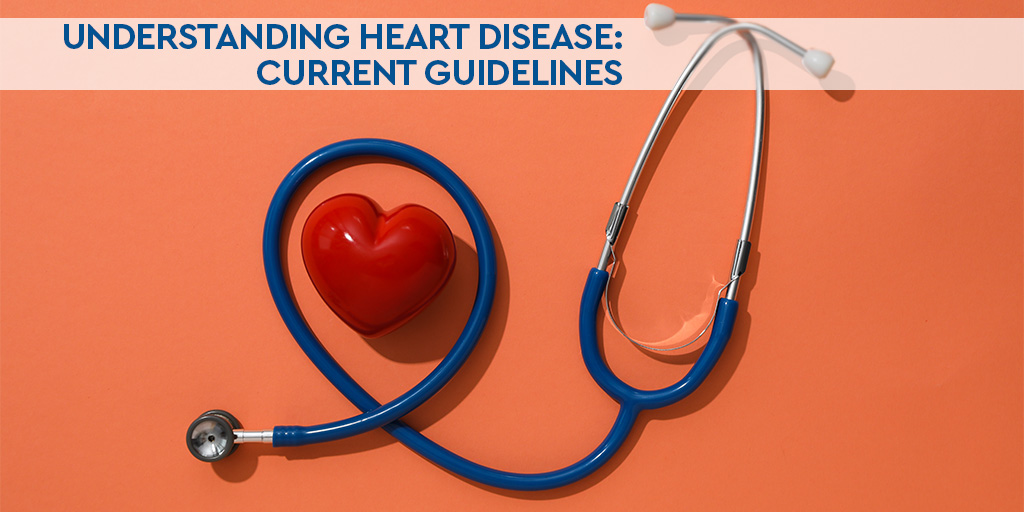Heart disease remains a leading cause of morbidity and mortality worldwide, impacting millions each year. Understanding its prevalence, current guidelines for cardiology work-ups, and advancements in cardiac monitoring technologies is essential for effective management and prevention.
Prevalence of Heart Disease
According to the World Health Organization, cardiovascular diseases (CVDs) are responsible for approximately 32% of all global deaths, emphasizing the urgency for improved detection and management strategies. Factors such as age, lifestyle, and genetics play significant roles in the prevalence of heart disease, making early diagnosis critical.
Current Cardiology Work-Up Guidelines
The American College of Cardiology and the American Heart Association have established guidelines for diagnosing and managing heart disease. These guidelines emphasize the importance of comprehensive risk assessment, physical examination, and diagnostic testing. Key diagnostic testing components include:
- Electrocardiograms (ECGs): Used to assess heart rhythm and identify arrhythmias. ECGs provide a momentary view of the heart’s electrical activity. Standard ECGs typically record for a few minutes, which may not capture transient conditions. They may miss arrhythmias that occur between tests.
- Outpatient Ambulatory Cardiac Monitoring: A 24-hour Holter monitor is often recommended for continuous heart monitoring, especially in patients suspected of having intermittent arrhythmias. However, traditional Holter monitors, while useful, are too short and often lack the continuous monitoring capabilities needed for heart rhythm tracking.
- Echocardiography: Provides imaging of heart structures and function. Echocardiograms provide a snapshot of heart function and structure at the time of the test, potentially missing dynamic changes that occur during activities or over time. Echos can take longer to perform and interpret, which may delay diagnosis and treatment.
The Benefits of Outpatient Ambulatory Cardiac Monitoring
Advancements in outpatient ambulatory cardiac monitoring have transformed how heart disease is diagnosed and managed. The integration of wireless cardiac monitoring devices, like those offered by Biotricity, offers several advantages:
Extended Heart Monitoring: Advanced ambulatory cardiac monitors allow for extended periods of heart rhythm monitoring for days and/or weeks, providing a comprehensive view of cardiac health and catching arrhythmias that would have otherwise been missed by short 1-2 day cardiac studies.
Portability and Convenience: Modern portable ECG monitors are lightweight and user-friendly, allowing patients to maintain their daily routines while being monitored. Wireless cardiac monitoring systems facilitate remote access to patient data, improving the efficiency of follow-ups and consultations.
Biotricity’s Solutions: A Superior Approach
Biotricity’s innovative solutions in ambulatory cardiac monitoring set a new standard in cardiac health technology. Their state-of-the-art devices provide unmatched capabilities for arrhythmia detection. Key features include:
One Device for ALL Studies: Biotricity’s devices are powerful. Unlike others in the industry that are only capable of performing one study type per device, Biotricity’s Biocore is able to perform all cardiac study types in 1 convenient device.
Connectivity for Quicker Intervention: With connectivity of the devices, healthcare providers receive notification of events, ensuring that treatment plans are adjusted based on current data. Moreover, report turnaround time is significantly reduced by connectivity. Quicker diagnoses leads to faster intervention and better patient outcomes!
Non-Invasive Monitoring for Increased Compliance: Biotricity’s systems focus on non-invasive methods, minimizing discomfort and making monitoring more accessible to a broader range of patients. Biotricity’s devices are wireless, offering greater comfort and mobility to patients compared to traditional wired devices.
Conclusion
As heart disease continues to affect a significant portion of the population, leveraging the latest advancements in cardiac monitoring technology is crucial for early detection and effective management. By integrating solutions like those offered by Biotricity, healthcare providers can enhance their diagnostic capabilities, improve patient outcomes, and ultimately reduce the burden of heart disease.






